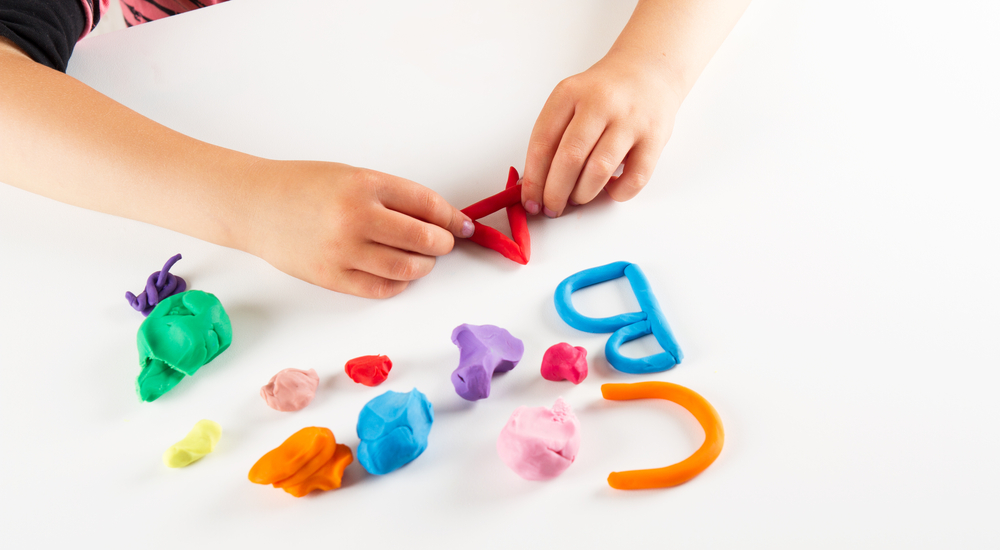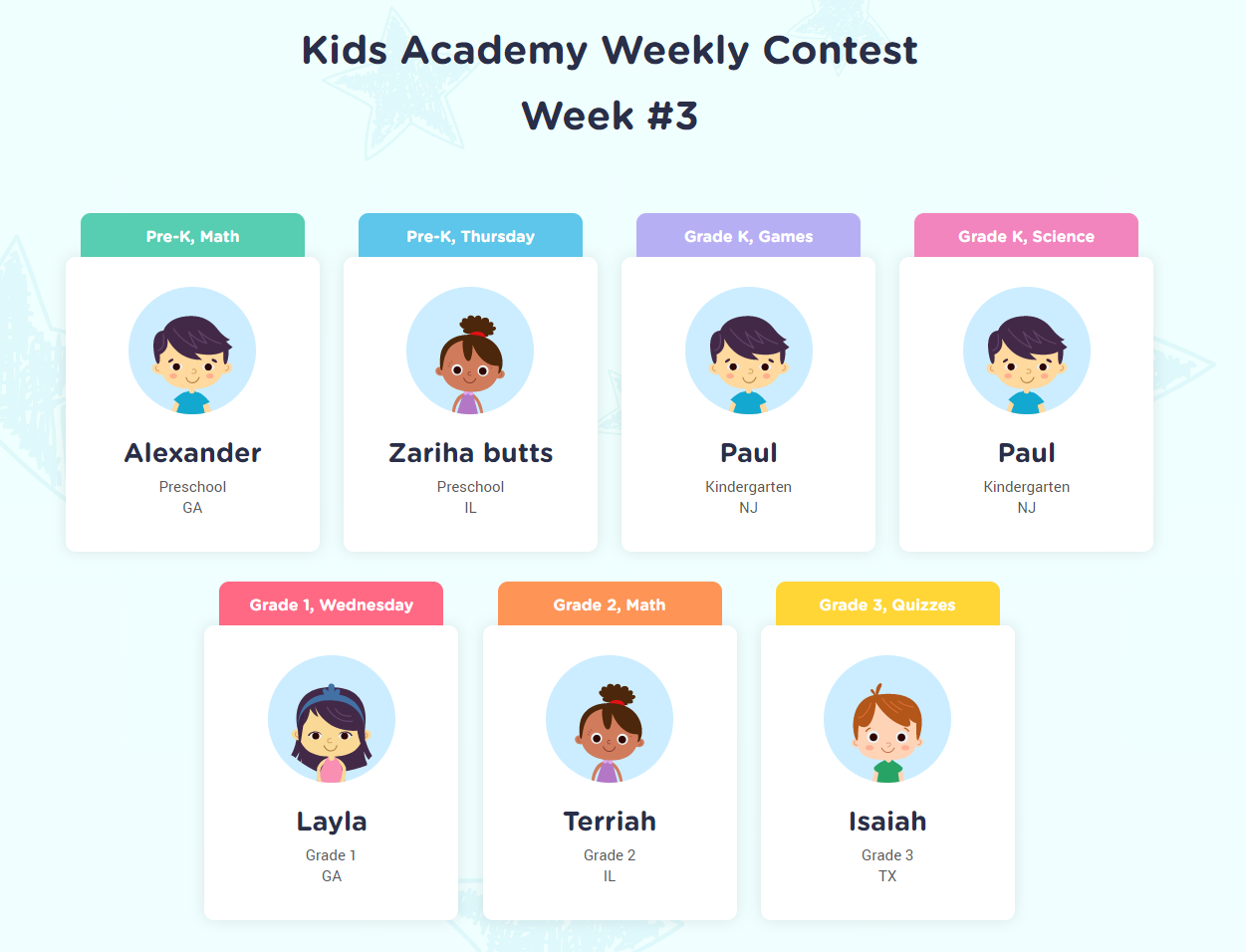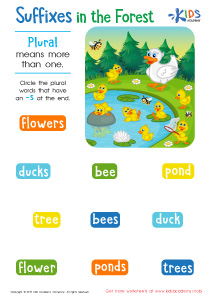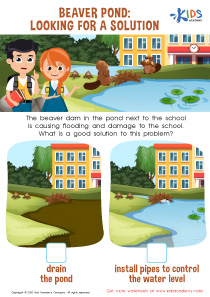Easy Tracing Lines and Curves worksheets activities for Ages 4-5
1 filtered results
-
From - To
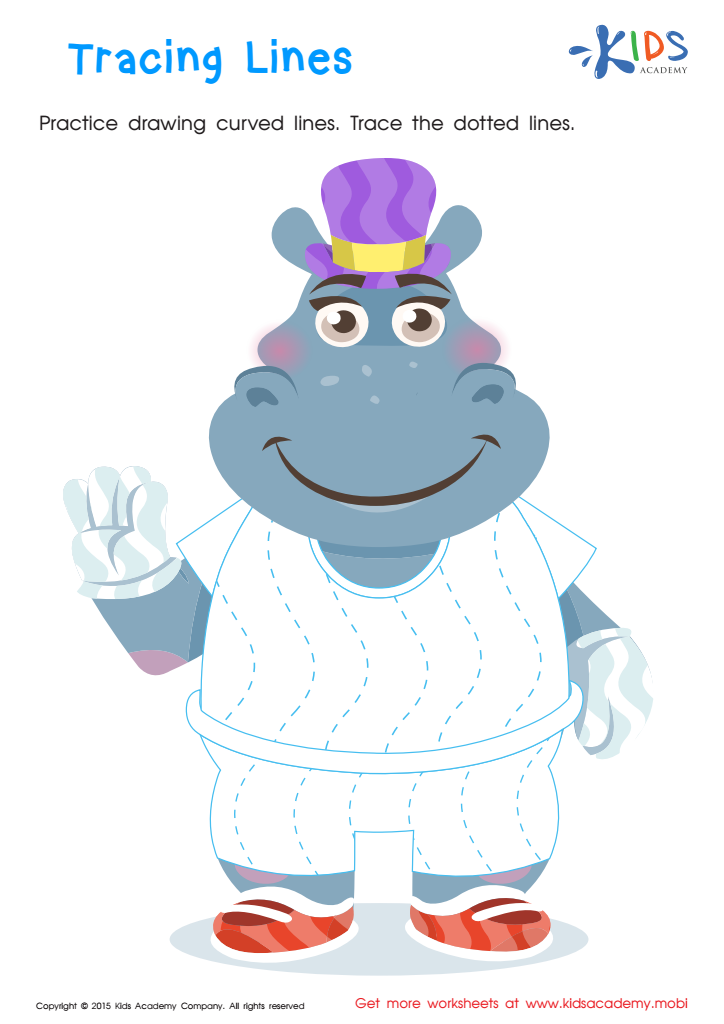

Tracing Lines Worksheet
Easy Tracing Lines and Curves worksheets activities are a fundamental tool for young learners, offering a multitude of benefits that extend far beyond simple pen control. These activities are ingeniously designed to support the development of fine motor skills, which are crucial in the early stages of childhood education. By engaging in these easy-to-follow exercises, children not only learn to hold and maneuver a writing instrument properly but also lay the groundwork for legible handwriting.
The structured nature of Easy Tracing Lines and Curves worksheets provides a guided approach to learning. These activities cater to various developmental stages, allowing children to progress from simple straight lines to more complex curves and shapes. This incremental progression ensures that children build confidence as they master each level, fostering a positive attitude toward learning.
Moreover, Easy Tracing Lines and Curves worksheets serve as an excellent preparatory tool for letter and number formation. The skills acquired through these tracing activities are directly transferable to academic tasks, such as writing alphabets and numbers. This foundational practice is essential for academic success, as it supports not only literacy development but also numeracy skills.
Cognitive development is another significant benefit of engaging in Easy Tracing Lines and Curves worksheets activities. These exercises require concentration and focus, promoting attention to detail. Children learn to follow directions, recognize patterns, and understand the concept of order, which enhances their problem-solving and critical thinking skills.
Additionally, Easy Tracing Lines and Curves worksheets are a versatile resource that can be used both in the classroom and at home. They are easily accessible and can be incorporated into a child’s daily routine, ensuring continuous learning and skill development.
In conclusion, Easy Tracing Lines and Curves worksheets activities are an invaluable educational resource. They not only prepare children for writing but also support their overall cognitive, motor, and academic development. By incorporating these activities into early childhood education, we can provide our youngest learners with the tools they need for success in their educational journey.
 Assign to My Students
Assign to My Students





